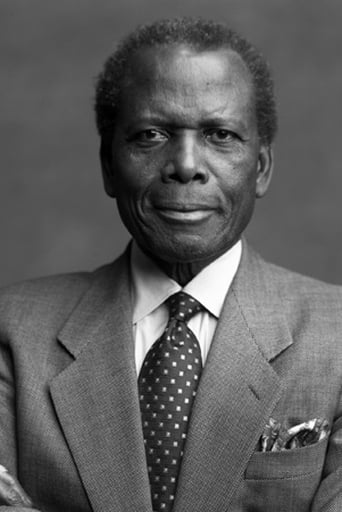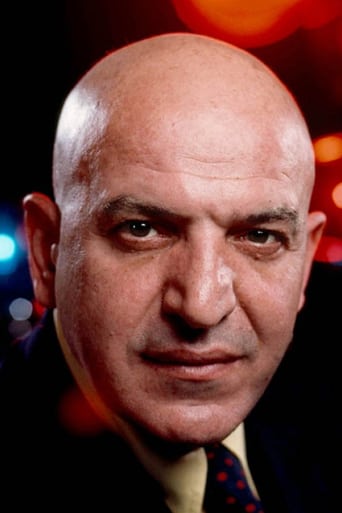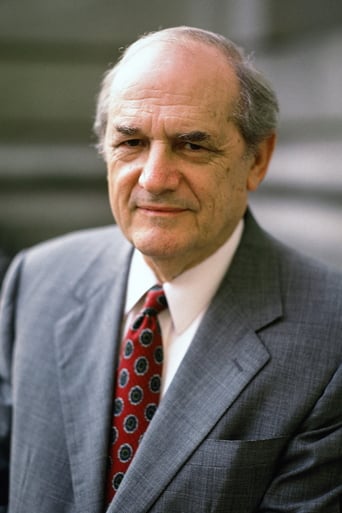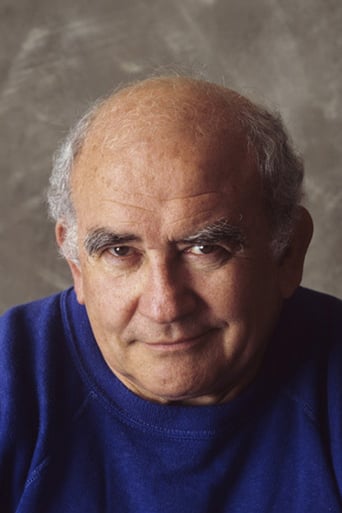Brendon Jones
It’s fine. It's literally the definition of a fine movie. You’ve seen it before, you know every beat and outcome before the characters even do. Only question is how much escapism you’re looking for.
SnoopyStyle
Seattle university student Alan Newell (Sidney Poitier) mans the phone at the Crisis Clinic. Inga Dyson (Anne Bancroft) calls claiming to have taken a lot of pills to commit suicide. She had a fight with her husband Mark Dyson (Steven Hill). The phone company traces the number. Dr. Joe Coburn (Telly Savalas) is the supervisor of the help phone. Det. Judd Ridley (Edward Asner) joins in the race to find Inga.This was done at the dawn of the phone help line. That may excuse the bad work done by Alan. The concept does prevent Poitier and Bancroft to have face to face interactions. That is always a disadvantage of phone acting and this one isn't intense. The tracking down of Inga provides a little bit of kinetic energy but it's not compelling. The concept is forward thinking but it doesn't always make for a good movie.
PudgyPandaMan
I started watching this movie only half-heartedly. I didn't even expect that I would finish. But it wasn't long before the plot had me hooked. And Poitier and Bancroft act superbly to bring there characters to life.The writers and director did a great job of creating suspense and keeping you interested. Poitier's anxiety at trying to help the suicide victim is so palpable that I think I was sweating as much as he was. I particularly liked the way they kept you guessing at what possibly could have happened to this woman to send her off the edge.Bancroft does a wonderful job at creating true sympathy for her character, but at the same time, you wonder about the choices she made.
MARIO GAUCI
The late Sydney Pollack tried his hand at several different genres and succeeded in most; since he never demonstrated an individualistic style (for many he was the antithesis of an auteur!), he could adapt himself to virtually anything (and Pollack often set his sights on grand themes) – though the end result would always be somewhat artificial (if undeniably slick) because of the director’s impersonal approach!Anyway, for his debut film, he settled on an intimate melodrama – shot on location in glorious black-and-white (incidentally, all his subsequent work would be in color). The plot is simple: Sidney Poitier is a student who works nights at a Seattle Crisis Clinic; on one occasion, a call comes in where a wealthy socialite at the end of her tether (Anne Bancroft) declares she has deliberately overdosed on barbiturates! She phoned not so much because she wanted help but rather so that someone will know of her outcome; Poitier, however, determines to keep her on the line – while he sets in motion a complex operation in order to trace Bancroft’s whereabouts and save her life.For about the first third of the film, Bancroft barely appears: we only hear her world-weary voice booming across the room at the clinic, Poitier having switched the call to the loudspeaker; eventually, she starts to let her hair down and, in intermittent flashbacks, we see her movements during the last few days (which boils down to her alienation from familial cords due to a past mistake which has come back to haunt her). While this was certainly a way to do it, I’m baffled as to why we never cut to where Bancroft is now until the last act: consequently, we have to contend with a fair bit of padding during the ‘re-enactments’ (which could have easily been covered via dialogue delivered by the heroine)! That said, I guess it was a conscious decision on Pollack’s part to ‘open up’ the drama (not merely to include other characters – most prominently, Steven Hill as the woman’s husband – but also to utilize a number of exteriors, where he was able to exercise a keen eye for realistic detail).Still, the film compels attention despite an essentially contrived central situation: for instance, at this point, it’s best not to go into how Bancroft manages to remain lucid for so long or, even more importantly, why she just doesn’t hang up on Poitier; and what about the plausibility of the latter’s temper-tantrums (to the exasperation of clinic psychiatrist Telly Savalas!) to coerce the woman into reacting, thus hanging on to life in spite of herself? But that’s Hollywood for you…and, in a talky film such as this, the emphasis is on the writing (by Stirling Silliphant) and the acting (Bancroft is typically excellent and Poitier’s contribution, amounting to a variation on his PRESSURE POINT [1962] role, just as good if slightly overstated in the long run). Even so, as a counter-balance to the ongoing histrionics, reasonable suspense – aided by up-to-date methods of detection – is generated throughout by the race-against-time to locate Bancroft.At the end of the day, THE SLENDER THREAD emerges as a quite impressive (and generally still powerful) first outing – recalling the gritty work of many a contemporary film-maker who, like Pollack, had emerged from TV.
DKosty123
Anne Bancroft is terrific in this as the suicidal wife who feels she has hurt her husband too much by not telling him for 12 years that their son is not his. She plays the role very convincingly.Sidney Portier is great as the crisis line counselor caught alone who needs help & reaches deep within himself to keep her on the phone as he tries desperately to identify & save her. A fine job & surprising a strong support role by Telly Savalas as his supervisor trying to help him as he comes in.This is a big name cast, but once you get past those 3, the rest of the folks all have minor roles. In a way the film tries to simulate the timing of the Western Classic "High Noon". It attempts in real time speed to try & find Bancrofts character after she has over dosed on prescription drugs. For some reason, it is not quite as effective as the Western but that is only because we don't have a gun fight when time runs out. Suicide is not the same.One of Sydney Pollacks earlier efforts & I think if it had been later in his career in might have been done better. Some scenes show Pollack is still learning, or that someone else at the studio was cutting the films scenes for him. This one is not as polished as his later films.In this case excellent work by Bancroft & Portier carry this film. If you like either of these folks, this is a must see for you.





